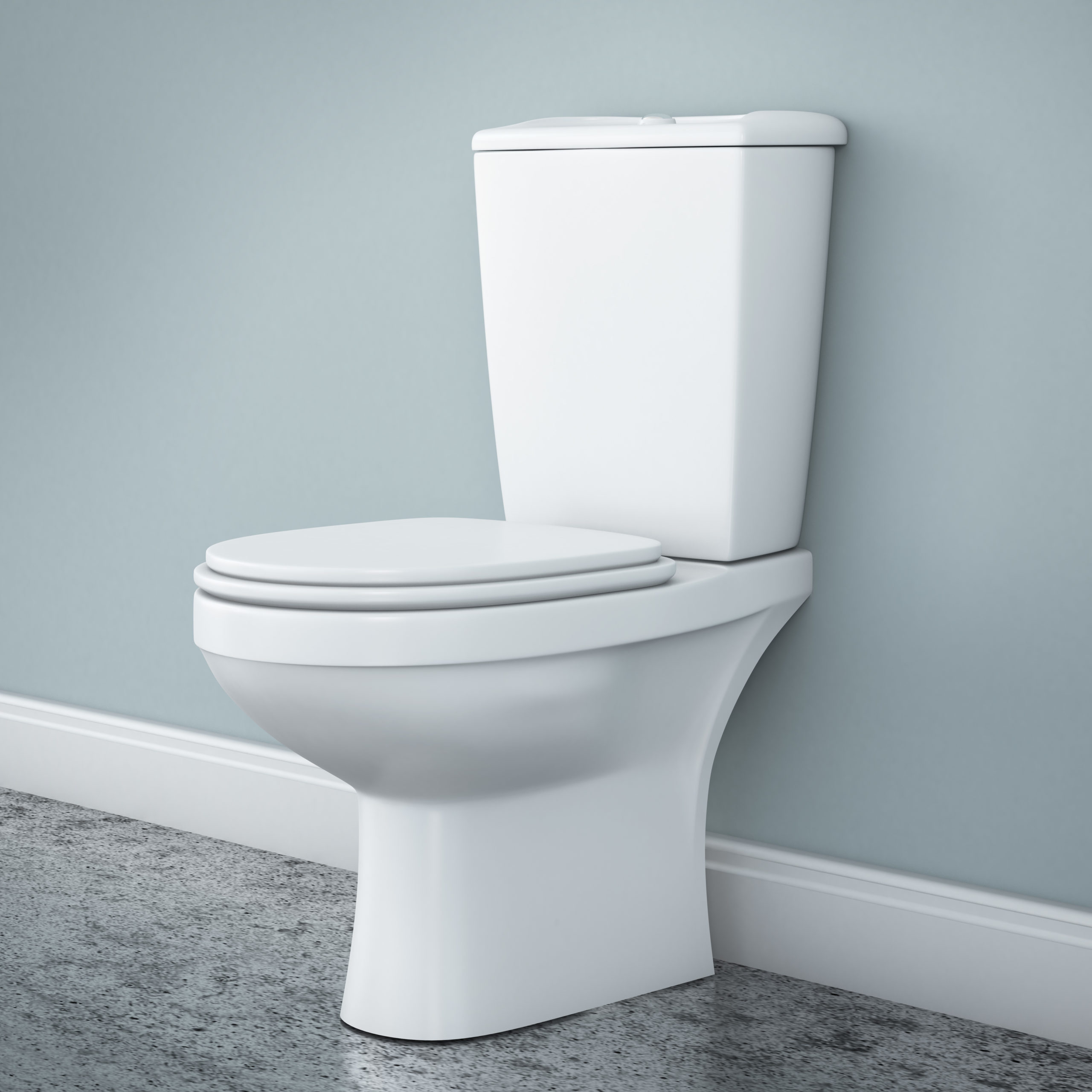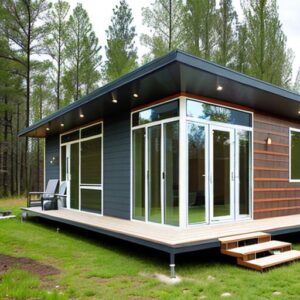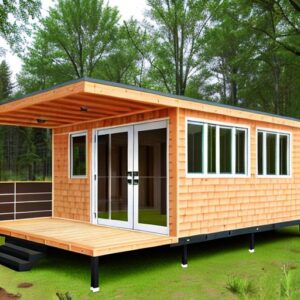Consider This
Taking Up Space
Depending on your choice and brand, some toilets can be large since they hold the waste in a self-contained tank. Other options can be built to suit or can be moveable within your bathroom space. This should be a priority consideration when building a home under 400 square feet.
Cost Effectiveness

Options to Empty/Drain
Make sure you have someone living in your tiny home who is comfortable emptying the waste, whether it is being drained outside or taken to the compost pile. If not, choose traditional flushing and have plans for plumbing and sewer hookups.
Smell
Many people worry hard about how their toilet might smell, depending on what type they choose. Do your research. Composting toilets, if maintained correctly, shouldn’t have a foul odor. Incinerating toilets have their own smell. You have to choose how important this is to your quality of life.
What Are Your Options?
Working/Active Composting
This is a pricier choice, but it has minimal upkeep and thus is a very popular choice among most tiny home builders. You can get one that is self-contained, or remote. Self-contained are larger because they contain the waste in the bottom of the toilet, while remotes hold the waste in a separate location-typically outside or underneath the tiny house.
Incinerator
Another pricey investment, but with no worries of emptying compost, this toilet type burns the waste into an ash deposit. That being said, this does come with its own odor and can require a significant amount of energy to run.
Dry Flush
Another option to allow you to live off-grid and without the requirement of plumbing, this type of toilet uses cartridges filled with silver liners that, when flushed, wrap the waste SUPER tight to prevent odor from escaping. Once the liners are full, you simply empty them out and replace the cartridge. These toilets are cheaper to install, but the liners are a maintenance cost to consider.
Traditional Flushing
This is just like what anyone is used to but it does require a full-time hook-up to sewage or septic. So, for tiny houses, it really isn’t an option.
Homemade Composting
This is the least expensive option and the easiest to maintain, however, it is the one that freaks people out the most. For this, you can use anything from a bucket with a foam seat to building a box set up with a traditional toilet seat and use pine shavings to cover the odor. A urine diverter will help with smell and when you empty the waste.
RV Toilet
It is what it sounds like. For this option, you will need a holding tank and a place to drain it when it fills up. It does use minimal water per flush but you will need to consider special toilet paper, so it breaks down fast in your holding tank.
What Do We Recommend?
Our recommendation, after trying nearly all types of tiny house toilet options, is a traditional flushing toilet or a quality brand composting toilet. If you go the compostable route, go for one of the most popularly installed toilets for tiny home builders because they are more affordable than other brands/types and easy to maintain. If you will be parked somewhere you have access to septic, a traditional flushing toilet will do the job just like any standard home build.



